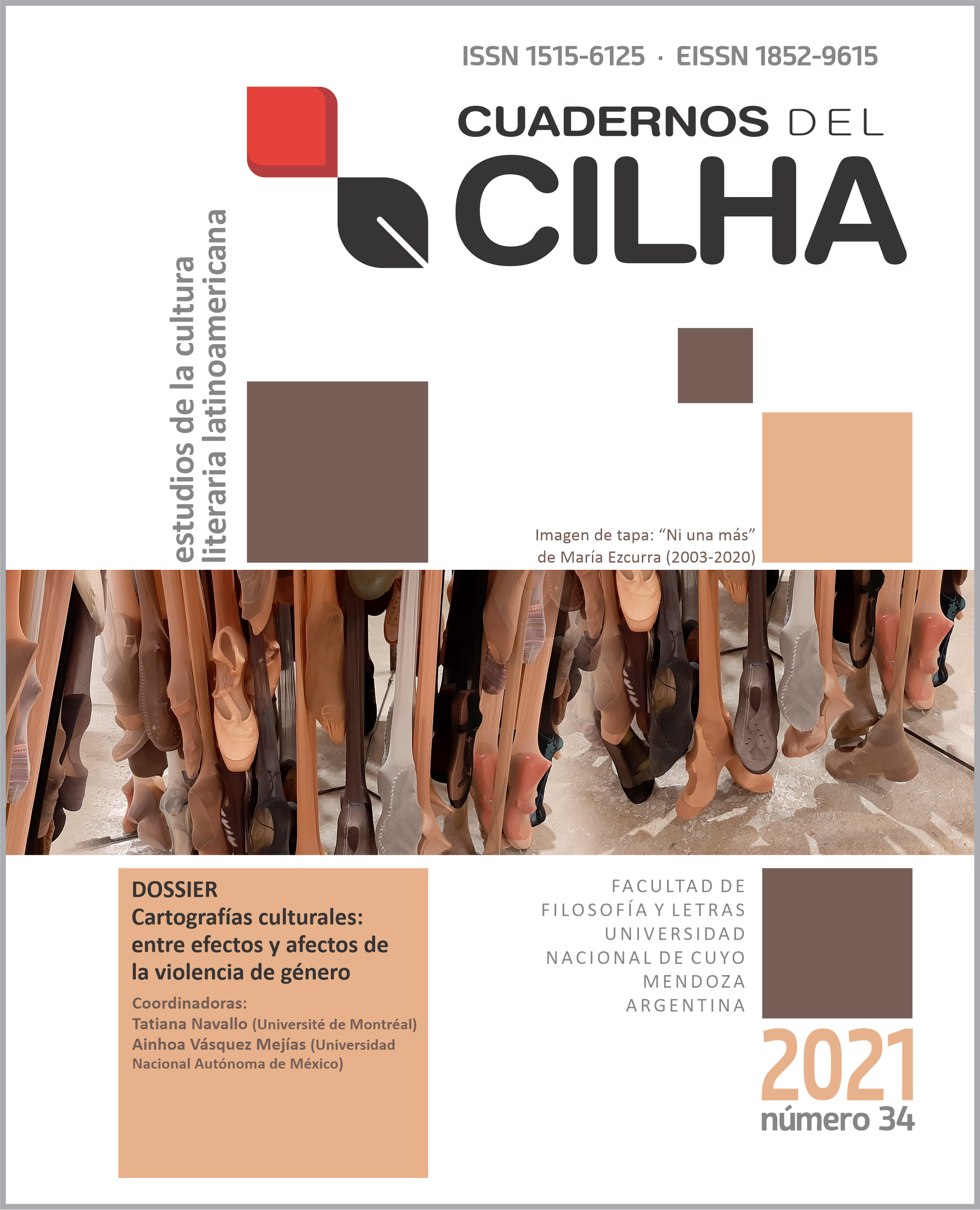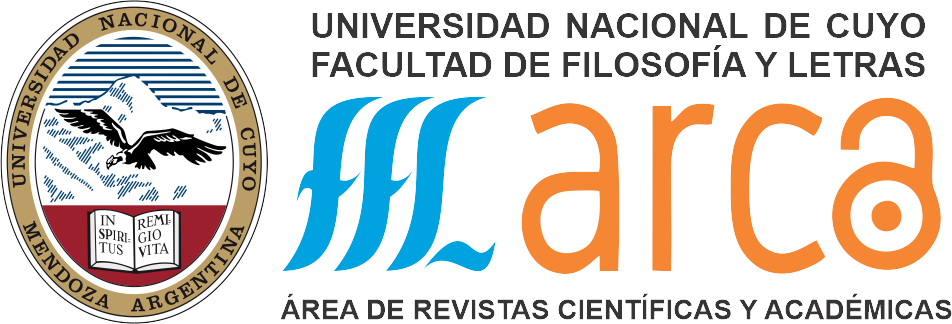Drug Trafficking as a Sex-Generic Power Device and Deceptive Female Empowerment, in Perra Brava
DOI:
https://doi.org/10.48162/rev.34.008Keywords:
Power device, Gore capitalism, Necropolitics, EndriagoAbstract
Abstract: Using the theoretical apparatuses of Giorgio Agamben and Sayak Valencia, in the present work I show that drug trafficking acts in the novel Perra Brava by Orfa Alarcón as a sex-generic power device and induces the reproduction of “endriagas masculinities” that reaffirm a system necropolitical, heteropatriarchal and violent. This explains why the heroine, Fernanda Salas, by transforming herself into an “endriago subject” and reaching the top of the criminal organization is not liberating or subverting the system that oppresses her, but rather giving it feedback, thereby witnessing her failed resurrection or rebirth.
References
Alarcón, O. (2010). Perra brava Planeta.
Agamben, G. (2015). ¿Qué es un dispositivo? seguido de El amigo y de La Iglesia y el Reino. Trad. Mercedes Ruvituso. Anagrama.
Beauvoir, S. (1991). The second sex. Random House USA Inc.
Castellanos Gonbella, C. (2018). Dinámicas de dominación y sumisión en Perra brava de Orfa Alarcón. Revista Canadiense de Estudios Hispánicos, 42, 499-520. https://www.jstor.org/stable/10.2307/26663370
Demeyer, L. (2016). Frontera, narcotráfico y género: las heroínas alternativas de la ficcionalización de la violencia en México.
Anuario de Estudios Americanos, 73, 425-456. http://estudiosamericanos.revistas.csic.es/index.php/estudiosamericanos/article/view/684/684
López-Badano, T. y Ruiz Tresgallo, S. (2017). Narconarrativas de compensaciones ficcionales (y condenas neoliberales): Yuri Herrera y Orfa Alarcón. Mitologías hoy, 14, 191-212. https://doi.org/10.5565/rev/mitologias.389
Mbembe, A. (2003). Necropolitics (pp. 11-40). Duke University Press.
Núñez N., G. y Espinoza, C. (2017). El narcotráfico como dispositivo de poder sexo-genérico: crimen organizado, masculinidad y teoría queer. Estudios de género de EL Colegio de México, 3. https://estudiosdegenero.colmex.mx/index.php/eg/article/view/119/89
Irigaray, L. (1991). This sex which is not one. In R. R. Warhol, D. Pierce Herndl (eds.), Feminism: An Anthology of Literary Theory and Criticism, 350-356. Rutgers University Press.
Sánchez Garay, E. (2015). Ilusión mimética y punto de vista femenino en Perra brava de Orfa Alarcón. México Interdisciplinario, 4. https://www.imex-revista.com/wp-content/uploads/8_Perra-brava_Sanchez.pdf
TV Azteca. (2021, 24 de febrero). ¿Qué son las buchonas? Emma Coronel y las mujeres de los capos del narco. [Nota de prensa]. https://www.tvazteca.com/aztecanoticias/notas/buchonas-quienes-son-mujeres-narco-emma-coronel-especiales
Torres Torija, M., Saavedra, F. (2019). Las formas de resistencia ante la violencia en Perra Brava de Orfa Alarcón. Altre Modernita: Revista di studi letterari e culturali. Universitá degli studi di Milano, 3. https://dialnet.unirioja.es/servlet/articulo?codigo=7147557
Valencia, S. (2010). Capitalismo gore. Melusina.





















